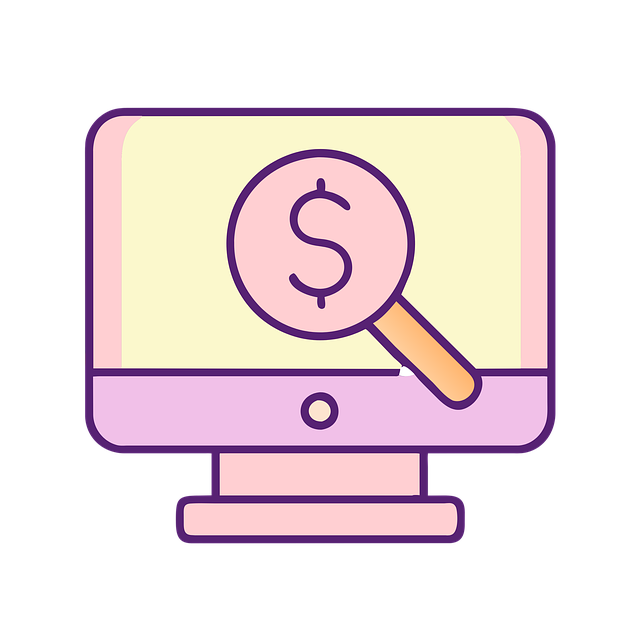Modern CRM for customer acquisition automation optimizes lead strategies by personalizing interactions, automating tasks, and using data for targeted campaigns. Lead scoring based on website activities guides sales teams, while AI chatbots route high-potential leads to salespeople. Automated email sequences with tailored content nurture leads through the funnel, improving engagement. Measuring KPIs like CTR, conversion rates, and social media sentiment ensures successful lead nurturing and enhances customer relationships.
In today’s competitive landscape, effective lead nurturing is crucial for successful CRM-driven customer acquisition. Automation workflows streamline this process, allowing businesses to focus on strategic growth instead of manual tasks. This article delves into three key areas: understanding CRM automation for lead nurturing, defining robust lead scoring and routing strategies, designing compelling automated email sequences, and measuring success through key metrics tracking. By implementing these best practices, you can revolutionize your customer acquisition efforts.
- Understanding CRM Automation for Lead Nurturing
- Defining Effective Lead Scoring and Routing
- Designing Automated Email Sequences
- Measuring Success: Tracking Key Metrics
Understanding CRM Automation for Lead Nurturing

In today’s digital era, Customer Relationship Management (CRM) automation has become a powerful tool for businesses looking to optimize their customer acquisition strategies. By streamlining processes and personalizing interactions, CRM automation workflows enhance lead nurturing, ensuring no potential customer slips through the cracks. This technology enables businesses to automate various tasks, from initial contact to conversion, and beyond. For instance, setting up an automated email marketing campaign tailored to a prospect’s behavior or preferences can foster engagement, build relationships, and guide leads down the sales funnel effectively.
A well-designed CRM automation workflow for lead nurturing involves creating segments based on customer data, such as demographics, purchase history, or online interactions. From there, targeted campaigns can be triggered automatically, delivering relevant content at each stage of the buyer’s journey. Whether it’s a simple welcome email sequence or a complex series of communications designed to move leads from interest to conversion, CRM automation ensures consistent and timely communication, fostering stronger connections with potential customers. This strategy not only increases sales but also improves customer satisfaction by providing a seamless and personalized experience throughout the entire acquisition process.
Defining Effective Lead Scoring and Routing

Defining effective lead scoring involves assigning a value to each prospect based on their interactions and behaviors, such as website visits, email opens, or downloads. This process helps prioritize leads by categorizing them into segments like “warm” or “cold,” enabling sales teams to focus their efforts on the most promising candidates. A well-defined lead scoring model is integral to successful CRM for customer acquisition, serving as a compass that guides potential customers towards conversion.
Routing refers to the process of automatically directing leads to the appropriate sales representatives or departments based on their score. This ensures that high-potential leads are handled by skilled salespeople who can nurture them effectively. Using automation and AI chatbots, missed call text backs can be promptly addressed, providing immediate engagement and enhancing customer experiences. By combining robust lead scoring with strategic routing, businesses can streamline their customer acquisition processes and close deals more efficiently.
Designing Automated Email Sequences

Designing automated email sequences is a powerful strategy within CRM for customer acquisition. By pre-programmed triggers and personalized content, businesses can nurture leads effectively, maintaining engagement throughout the sales funnel. Each email in the sequence should serve a specific purpose, whether it’s providing valuable information, offering exclusive discounts, or reminding prospects about your brand. The key to success lies in segmenting your audience and tailoring messages to their interests and needs.
Reputation management also benefits from this approach as positive interactions can be automated, fostering stronger relationships with potential customers. Email marketing becomes a dynamic tool when CRM automation is utilized, allowing businesses to connect with leads on a deeper level. Through strategic sequence design, you can guide prospects towards conversion while enhancing their overall experience.
Measuring Success: Tracking Key Metrics

Measuring success is a vital component of any lead nurturing strategy. By tracking key metrics within your CRM for customer acquisition, businesses can gain valuable insights into the effectiveness of their automated workflows. Key performance indicators (KPIs) such as click-through rates, conversion rates, and time to conversion offer a clear picture of how leads are progressing through the funnel. For instance, monitoring the interaction with landing pages equipped with AI chatbots can reveal lead engagement levels, allowing for data-driven adjustments to nurturing campaigns.
Additionally, tracking reputation management metrics, such as online reviews and social media sentiment, enables businesses to gauge customer satisfaction and brand perception. Integrating these insights into CRM systems facilitates a holistic view of the customer journey, from initial lead generation to post-purchase engagement. This comprehensive approach ensures that automation workflows are not only nurturing leads effectively but also fostering long-term customer relationships and enhancing overall business performance.
Automating your CRM workflows can significantly enhance lead nurturing, streamlining processes and boosting customer acquisition. By implementing strategic lead scoring, efficient routing, and well-crafted email sequences, businesses can effectively engage prospects and guide them through the buyer’s journey. Regularly tracking key metrics allows for data-driven adjustments, ensuring optimal performance in your CRM for customer acquisition. Stay tuned for deeper insights into leveraging these automation tools to their fullest potential.
